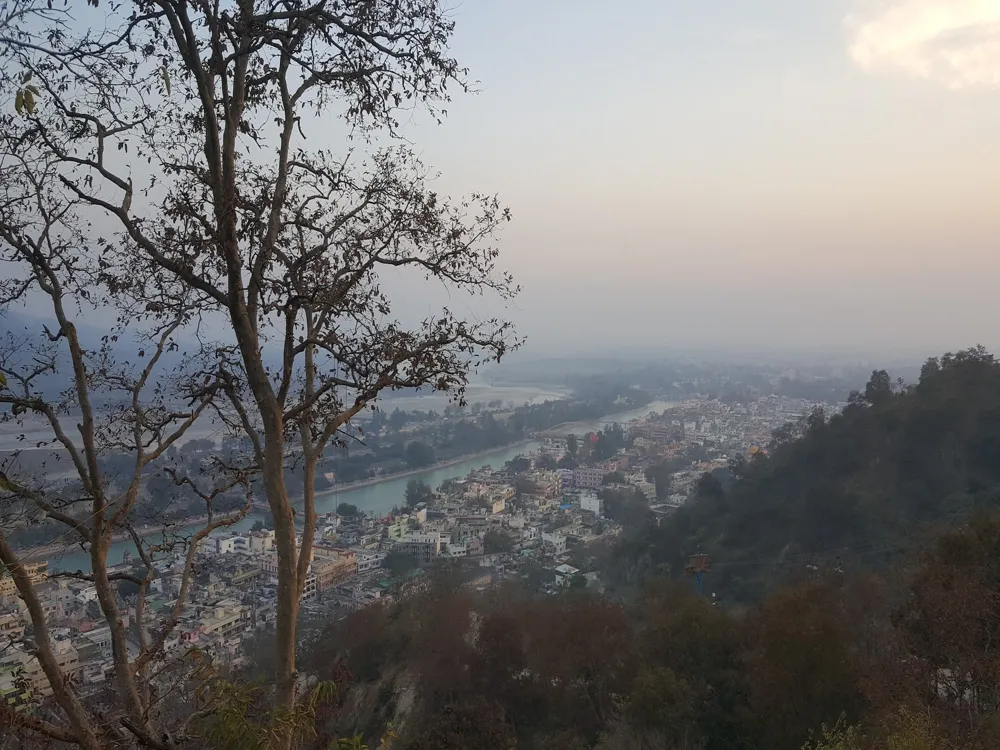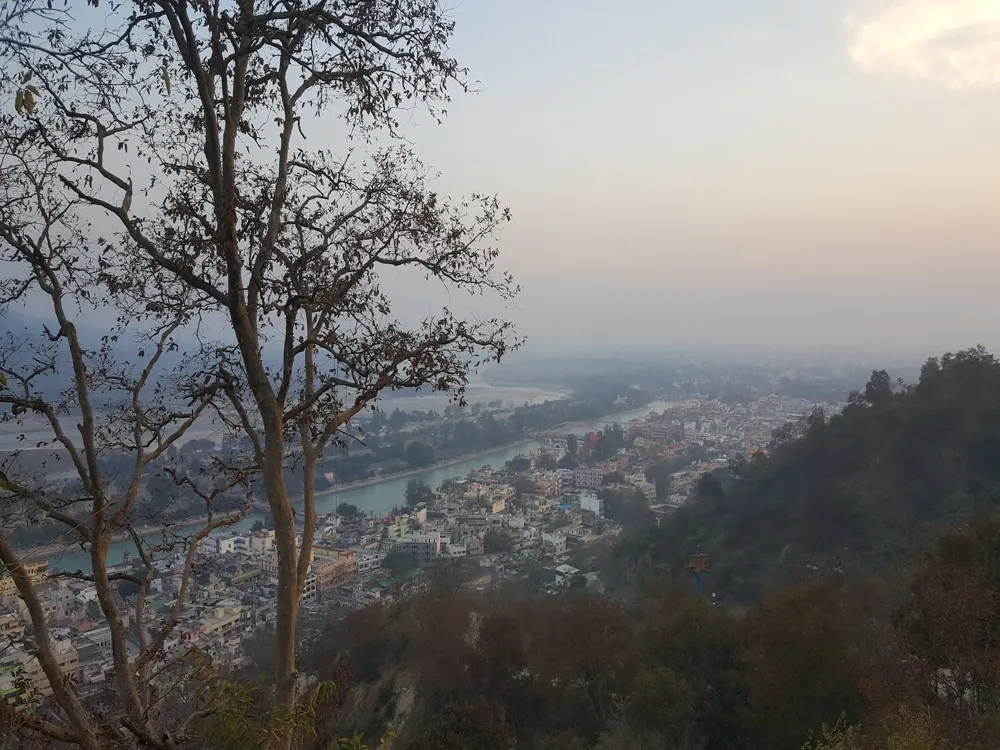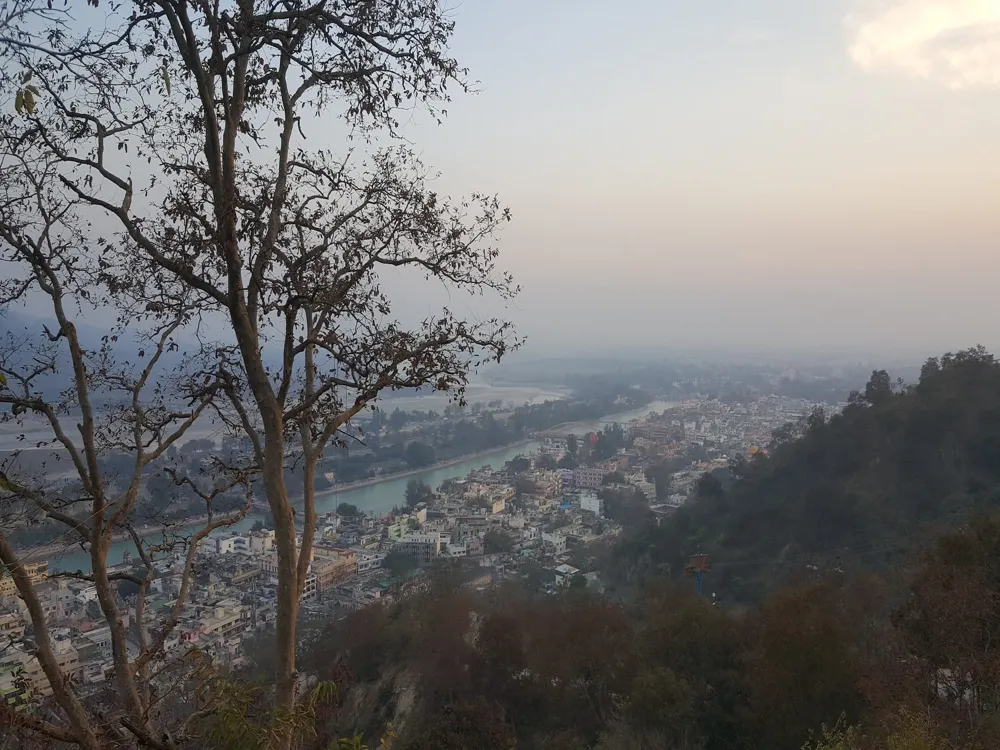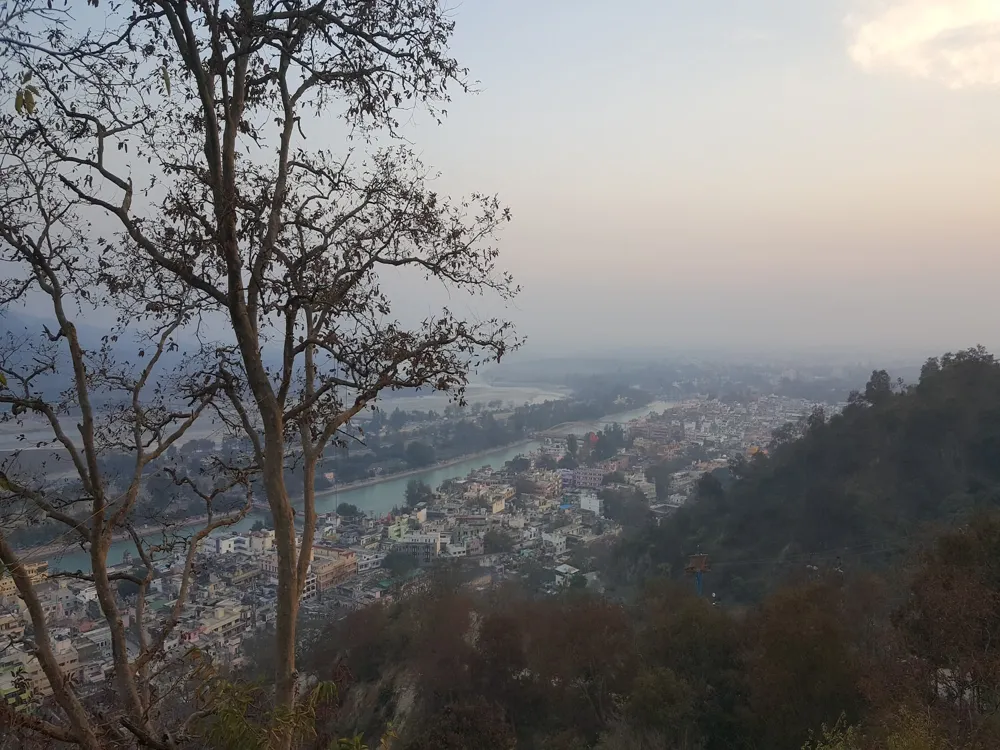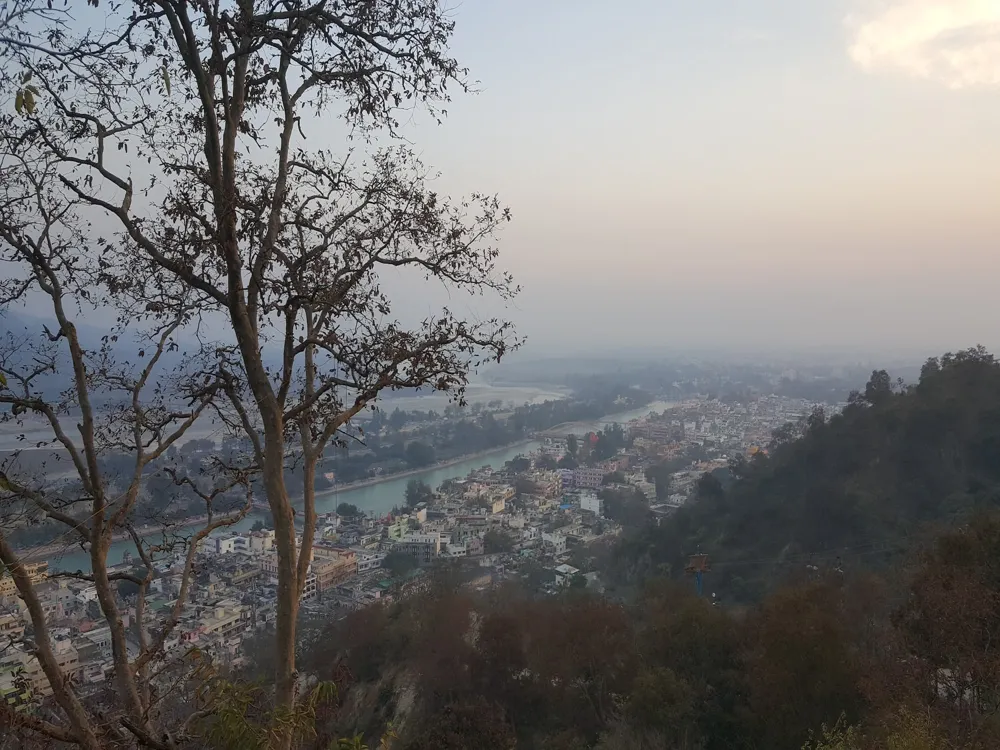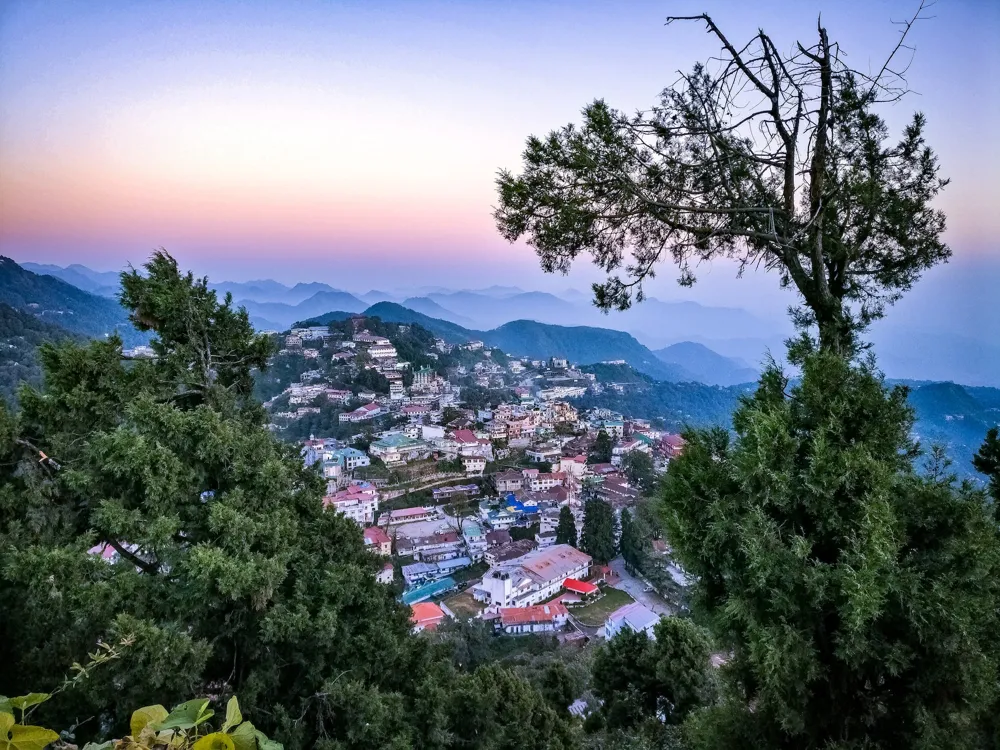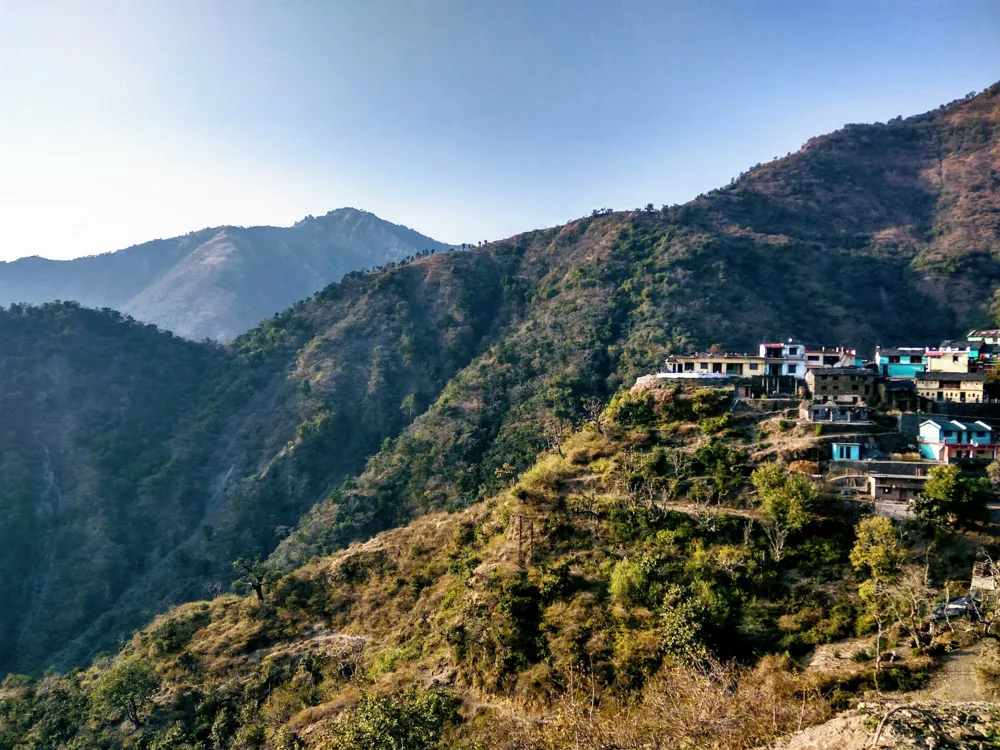Patanjali Yogpeeth, nestled in the holy city of Haridwar, Uttarakhand, is a beacon of Yoga and Ayurveda, founded by the revered Yoga Guru Baba Ramdev and Acharya Balkrishna. This sprawling complex is not just a center for spiritual and physical wellness but also a symbol of the rich cultural heritage of India. At Patanjali Yogpeeth, visitors embark on a journey of self-discovery, health, and enlightenment, surrounded by the serene beauty of the Himalayas and the sacred Ganges River. The foundation of Patanjali Yogpeeth in 2006 marked a significant milestone in the resurgence of Yoga and Ayurveda globally. Envisioned as a sanctuary for holistic healing, it offers a unique blend of ancient wisdom and modern science. The institute's primary goal is to preserve and promote the practices of Yoga and Ayurveda, making them accessible to people worldwide. Patanjali Yogpeeth is not just a center for Yoga and Ayurveda but also a hub for research, education, and treatment. It houses state-of-the-art facilities for the study and practice of Yoga, a fully equipped hospital offering Ayurvedic treatments, and a research center dedicated to the scientific validation of Yoga and Ayurveda. The complex also includes residential facilities for students and visitors, an organic farm, and a cow shelter, emphasizing sustainable living and harmony with nature. The institute stands as a testament to India's spiritual heritage, offering a plethora of programs and workshops on Yoga, meditation, and spiritual discourses. The teachings at Patanjali Yogpeeth are deeply rooted in the ancient scriptures, yet they are imparted in a way that resonates with the contemporary seeker. The ashram's serene environment provides the perfect setting for spiritual growth and inner peace. The architectural grandeur of Patanjali Yogpeeth is a harmonious blend of traditional Indian styles and modern design elements. Spread over a vast area, the complex is a masterpiece of engineering and aesthetics, reflecting the essence of Yoga and Ayurveda in its very structure. The design of Patanjali Yogpeeth is deeply inspired by the architectural principles found in ancient Indian texts. The use of natural materials, open spaces, and the orientation of buildings are in alignment with Vastu Shastra, the traditional Indian science of architecture. The intricate carvings, domes, and pillars are reminiscent of the temples and ashrams from India's glorious past. While rooted in tradition, the complex is equipped with modern amenities to ensure comfort and convenience for its visitors. The use of solar energy, rainwater harvesting, and organic farming practices at Patanjali Yogpeeth demonstrate a commitment to sustainability and ecological balance. Every aspect of Patanjali Yogpeeth's architecture is imbued with symbolic significance. The tranquil gardens, meditation halls, and the serene Ghat on the banks of the Ganges provide a conducive environment for spiritual practices. The overall design of the complex encourages introspection, tranquility, and a deep connection with nature. Before visiting Patanjali Yogpeeth, it's essential to plan your trip considering the weather and seasonal activities. The best time to visit is from October to March when the weather is pleasant. Ensure to check the schedule of Yoga classes and workshops in advance and book your accommodations accordingly. Visitors are advised to dress modestly, in line with the ashram's spiritual ambiance. Traditional Indian attire or comfortable clothing suitable for Yoga practices is recommended. It's important to respect the ashram's rules and regulations, maintaining decorum and silence in meditation areas. Patanjali Yogpeeth offers various health and wellness programs, including Yoga classes, Ayurvedic treatments, and meditation sessions. Visitors can consult with the experts on-site to choose a program that suits their health needs and interests. Patanjali Yogpeeth is well-connected and easily accessible from various parts of India. The nearest airport is Jolly Grant Airport in Dehradun, about 35 kilometers away. Haridwar railway station, located around 20 kilometers from the ashram, is well-connected to major cities in India. For road travelers, the ashram is conveniently situated on the Haridwar-Delhi National Highway. Read More:Overview of Patanjali Yogpeeth, Haridwar
The Birth and Vision of Patanjali Yogpeeth
The Multifaceted Dimensions of Patanjali Yogpeeth
The Cultural and Spiritual Essence of Patanjali Yogpeeth
Architecture of Patanjali Yogpeeth, Haridwar
Inspiration from Ancient Indian Architecture
Modern Amenities and Sustainable Practices
Aesthetic and Spiritual Significance of the Architecture
Tips When Visiting Patanjali Yogpeeth, Haridwar
Planning Your Visit
Dress Code and Etiquette
Health and Wellness Programs
How To Reach Patanjali Yogpeeth, Haridwar
Patanjali Yogpeeth Haridwar
Haridwar
Uttarakhand
NaN onwards
View haridwar Packages
Weather :
Tags : Ashram
Timings : 8:00 AM - 8:00 PM
Entry Fee : No entry fee
Planning a Trip? Ask Your Question
Haridwar Travel Packages
View All Packages For Haridwar
Top Hotel Collections for Haridwar

Private Pool

Luxury Hotels

5-Star Hotels

Pet Friendly
Top Hotels Near Haridwar
Other Top Ranking Places In Haridwar
View All Places To Visit In haridwar
View haridwar Packages
Weather :
Tags : Ashram
Timings : 8:00 AM - 8:00 PM
Entry Fee : No entry fee
Planning a Trip? Ask Your Question
Haridwar Travel Packages
View All Packages For Haridwar
Top Hotel Collections for Haridwar

Private Pool

Luxury Hotels

5-Star Hotels

Pet Friendly







